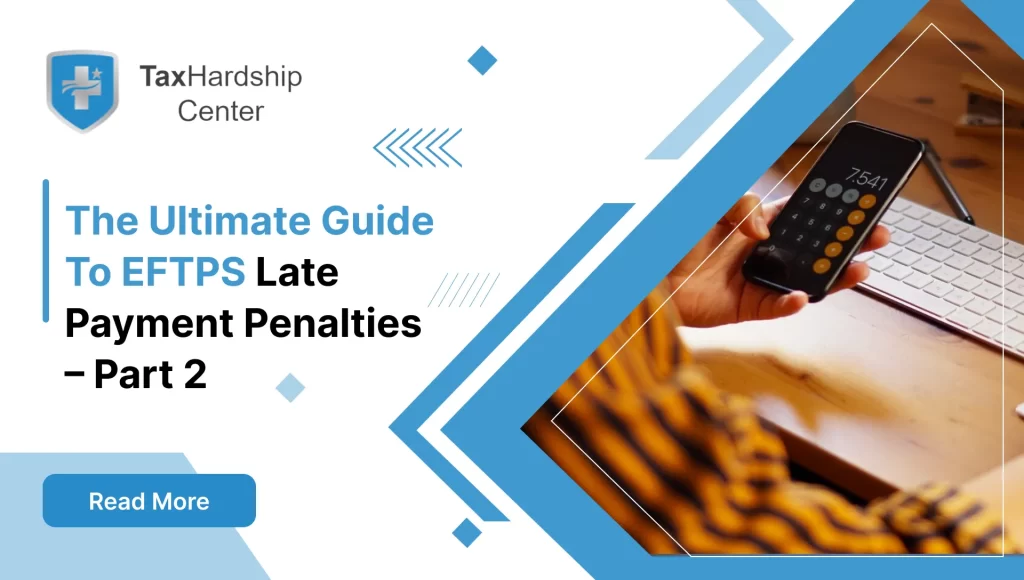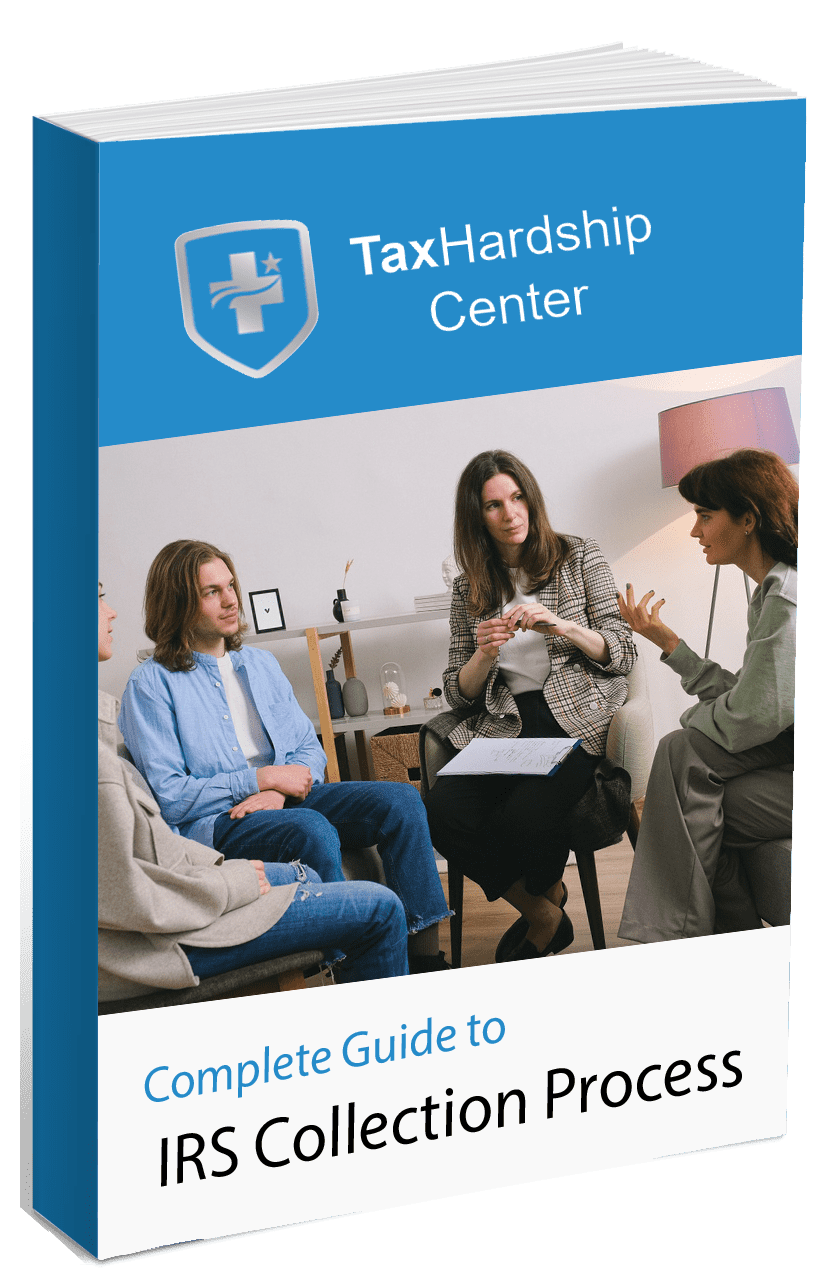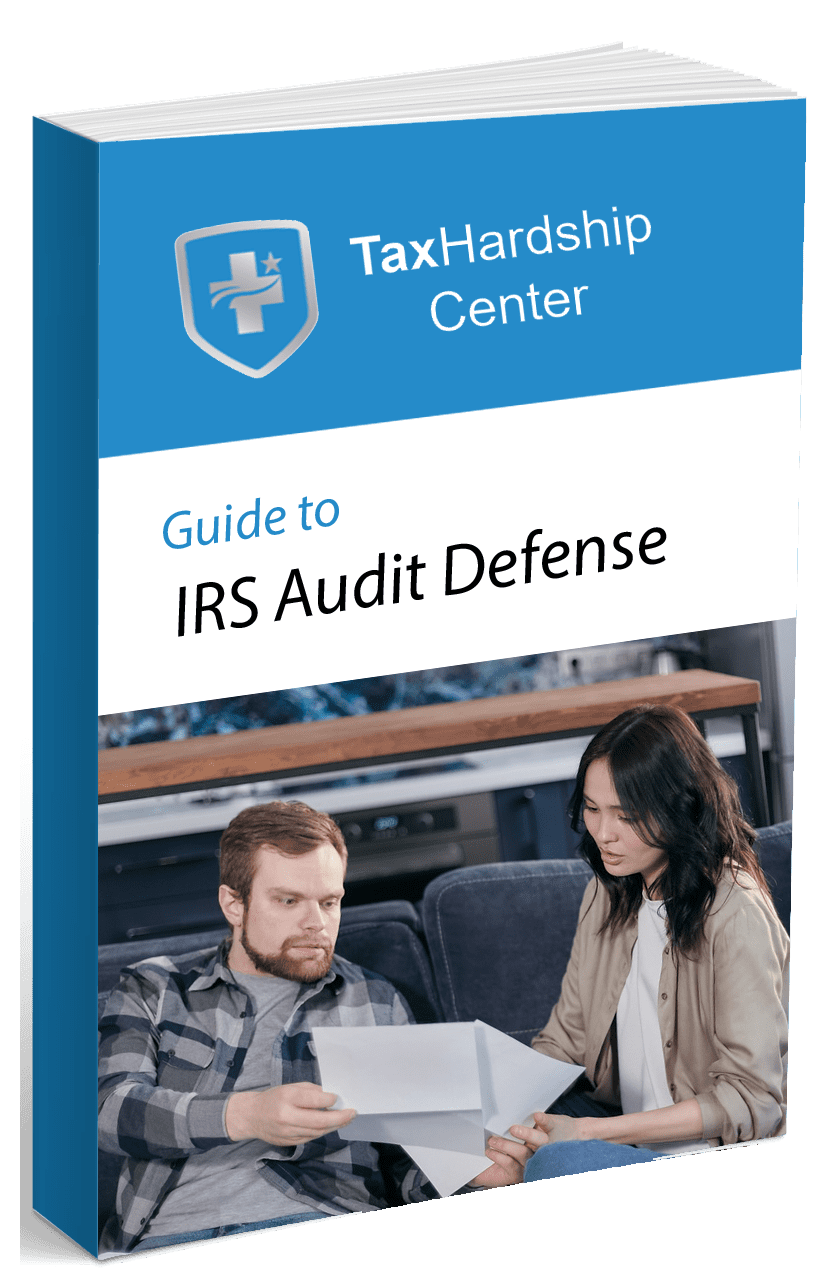The IRS provides various payment relief options to help individuals and businesses manage their tax obligations without financial strain. These programs, from payment plans to penalty waivers, are designed to make tax repayment more accessible. Whether you’re facing overdue taxes or need a structured way to pay off your debts, understanding your options can be the first step toward financial stability.
What Are IRS Payment Relief Options?
IRS payment relief options are programs offered to taxpayers struggling to meet their tax obligations. These include installment agreements, offers in compromise, penalty relief, and temporary collection delays. Each program is tailored to specific financial situations, allowing taxpayers to resolve their debts without undue stress.
Common Types of IRS Payment Relief
- Installment Agreements: A plan to pay taxes over time.
- Offers in Compromise (OIC): Settles tax debt for less than owed.
- Penalty Abatements: Reduces or eliminates penalties for eligible taxpayers.
- Currently Not Collectible (CNC) Status: Temporarily suspends collections due to financial hardship.
Knowing these options ensures you can address your tax debt strategically and affordably.
How Tax Hardship Center Can Help You With IRS Payment Relief Options
At Tax Hardship Center, we understand how overwhelming tax debt can feel. That’s why we’re here to provide tailored guidance and solutions to help you manage and resolve your IRS obligations. With years of experience and a team dedicated to your financial well-being, we make navigating IRS payment relief options simpler and more effective.
Our Approach to IRS Payment Relief
When you work with us, our team evaluates your unique financial situation to recommend the best IRS relief option for your needs. Whether applying for an installment agreement, requesting a penalty abatement, or exploring an offer in compromise, we ensure the process is clear, efficient, and stress-free.
Here’s how we assist:
- Installment Agreements: If you need a structured plan to pay off your tax debt, we guide you through the application and ensure all details are accurate to prevent delays.
- Offers in Compromise: We handle the complex paperwork and negotiations for those who qualify, helping you settle your debt for less than the full amount owed.
- Penalty Abatement: If unforeseen circumstances prevent you from paying on time, we advocate on your behalf to reduce or eliminate penalties.
- Currently Not Collectible Status: If paying anything is beyond your current means, we work to pause collections until your financial situation improves.
Why Choose Tax Hardship Center?
We’ve built our reputation on trust, transparency, and results. Unlike generic tax services, we focus on personalized strategies that align with your financial goals. Our experienced professionals know the IRS inside and out, and we use that expertise to secure the best possible outcome for you.
Take the First Step Today
IRS payment relief options are designed to ease financial strain, but applying for these programs can feel complicated. At Tax Hardship Center, we’re here to take the burden off your shoulders. Let us handle the details while you focus on what matters most—moving forward.
Contact us today to explore your options. Together, we’ll create a plan that gives you peace of mind and sets you on the path to financial stability.
Who Qualifies for IRS Payment Relief Options?
Only some people are eligible for some relief programs. The IRS evaluates each case based on financial situation, income, expenses, and the amount owed.
Eligibility for Common Relief Programs
- Installment Agreements: These are available to taxpayers with consistent income and the ability to make monthly payments.
- Offers in Compromise: Requires proof that paying the full amount would cause financial hardship.
- Penalty Abatement: Often granted for first-time taxpayers who demonstrate a reasonable cause for not paying on time.
- CNC Status: Requires evidence of insufficient income to cover basic living expenses.
If you’re unsure which option fits your circumstances, consult a tax professional or use IRS tools like the Offer in Compromise Pre-Qualifier.
How to Apply for IRS Payment Relief Options
Applying for IRS payment relief options requires preparation and careful attention to detail. Missing or incorrect information can delay the process.
Steps to Apply for an Installment Agreement
- Gather financial documents, including income and expenses.
- Complete Form 9465 (Installment Agreement Request).
- Submit the form online or via mail with your tax return.
- Await approval and begin payments as agreed.
Steps to Apply for an Offer in Compromise
- Use the OIC Pre-Qualifier to check eligibility.
- Complete Form 656 and Form 433-A (OIC).
- Include supporting documents, such as proof of income, expenses, and assets.
- Submit the application fee and initial payment.
Additional Tips
- Double-check all forms for accuracy.
- Keep copies of submitted documents.
- Respond promptly to any IRS requests for more information.
Simplify the process by using the IRS’s Online Payment Agreement tool for faster approval.
IRS Payment Plans: A Key Payment Relief Option Explained
IRS payment plans, or installment agreements, allow taxpayers to spread their payments over time. This program is ideal for individuals who can’t immediately pay their tax debt in full.
Types of IRS Payment Plans
- Short-Term Payment Plan: For debts under $10,000, payable within 120 days.
- Long-Term Payment Plan: For debts exceeding $10,000, with monthly payments spread over years.
Benefits of IRS Payment Plans
- Avoids immediate collection actions like liens or levies.
- Offers predictable, manageable monthly payments.
- Protects taxpayers from accruing additional penalties and interest.
Exploring IRS Payment or Installment Plans for Relief
Installment plans are the cornerstone of IRS payment relief. They are available to individuals and businesses and ensure a structured repayment process.
How Do Installment Plans Work?
After applying and receiving approval, the taxpayer agrees to a set monthly payment based on their income and expenses. Payments can be made online, through direct debit, or by check.
Important Considerations
- Interest continues to accrue until the debt is fully paid.
- Missing payments can result in plan cancellation.
Pro Tip: Always review your budget to ensure you can commit to the agreed-upon payments.
5 Effective IRS Payment Relief Options You Should Know
- Installment Agreements
- Spread payments over time.
- Offers in Compromise
- Settle for less than what you owe.
- Currently Not Collectible Status
- Pause collections during financial hardship.
- Penalty Abatement
- Reduce or eliminate penalties for specific circumstances.
- Innocent Spouse Relief
- Remove responsibility for taxes owed by a spouse under specific conditions.
IRS Payment Relief Options: Penalty Waivers and Overdue Tax Support
Penalty waivers can significantly reduce your tax burden, especially if you face late payment or filing penalties.
How Penalty Waivers Work
- The IRS evaluates whether your failure to pay or file was due to reasonable cause.
- Common reasons include natural disasters, medical emergencies, or loss of income.
How to Request Penalty Waivers
- Submit Form 843 (Claim for Refund and Request for Abatement).
- Provide documentation supporting your claim.
Don’t let penalties add to your stress—consider requesting a waiver if eligible.
Closing Thoughts
IRS payment relief options provide manageable ways to address your tax debt without undue financial strain. You can choose the solution that fits your situation by understanding the programs available, their requirements, and the application process. Don’t wait—explore your options and take the first step toward resolving your tax obligations today.
If you’re unsure where to start, seek professional advice or use the IRS’s online tools to get your needed assistance. Managing your taxes doesn’t have to feel like an uphill battle—these relief options are designed to help you regain control of your financial future.
Why Tax Hardship Center?
1. Hassle-Free Assistance:
Say goodbye to sleepless nights and endless tax-related stress. At the Tax Hardship Center, we believe in simplifying the complex. Our team of experts is dedicated to guiding you through every step of the process, ensuring that your tax concerns are met with precision and care.
2. 14-Day Money Back Guarantee:
We’re so confident in our ability to ease your tax worries that we offer a 14-day money-back guarantee. If, for any reason, you’re not satisfied with our service, we’ll gladly refund your investment. Your peace of mind is our top priority!
3. Free Consultation:
Are you curious about how we can transform your tax experience? Book a free consultation now! Our team will assess your situation, answer your questions, and provide free insights tailored to your needs.
4. Nationwide Coverage:
No matter which corner of the United States you call home, the Tax Hardship Center covers you. We proudly serve all 50 states, bringing our expertise to your doorstep. Wherever you are, our commitment to excellence follows.
FAQs
1. What is the minimum tax debt required for an installment agreement?
There’s no minimum, but debt under $10,000 often qualifies for streamlined approval.
2. How long does it take to process an offer in compromise?
Processing typically takes 4-6 months but can vary based on the case’s complexity.
3. Can I apply for multiple relief options at the same time?
Generally, you can’t combine programs like installment agreements and offers in compromise, but you can transition if your financial situation changes.
4. Does the IRS charge fees for payment plans?
Yes, setup fees range from $0 (low-income taxpayers) to $225, depending on the plan.
5. What happens if I miss a payment on my installment agreement?
The IRS may terminate your plan, reinstate penalties, or initiate collection actions.








